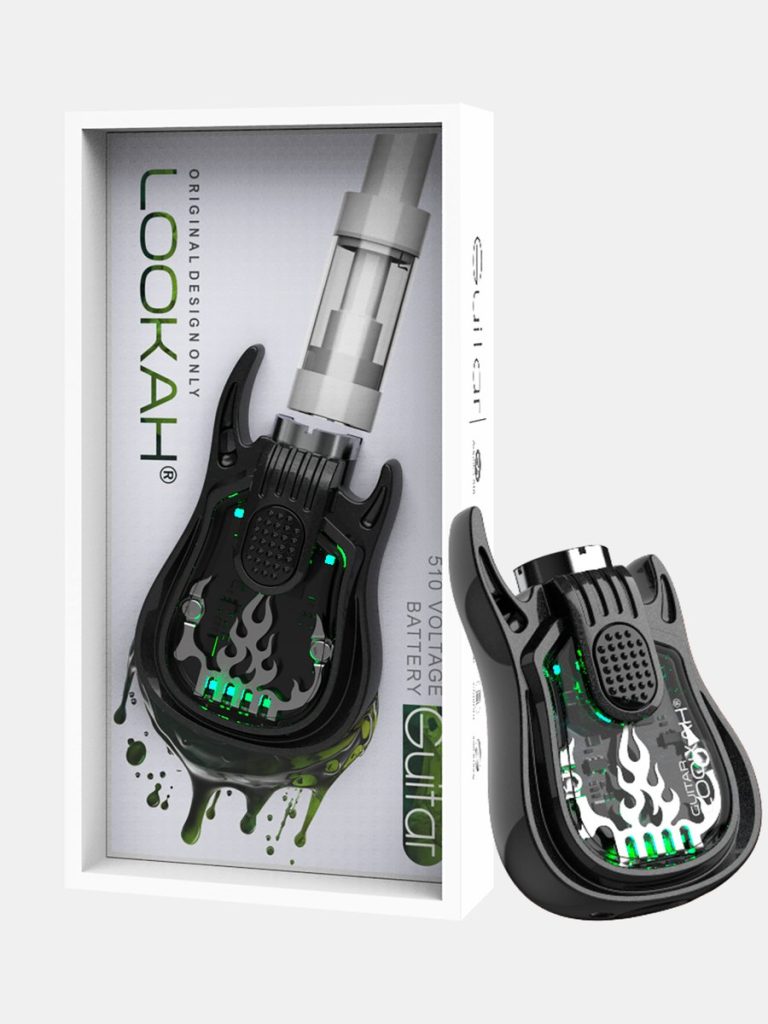Understanding Face Fillers: What Are They?
Face fillers, also known as dermal fillers, have gained immense popularity in recent years as a non-surgical option for enhancing facial aesthetics. They are injectable substances designed to add volume, smooth out wrinkles, and rejuvenate the skin, effectively providing a more youthful appearance. Among the many options available to consumers looking for the best face filler, understanding what fillers are and how they work is the first step toward making informed choices.
Types of Face Fillers
There are several types of face fillers, each varying based on composition, texture, and effects. The most common categories include:
- Hyaluronic Acid Fillers: Naturally found in the body, hyaluronic acid fillers are popular due to their moisture-retaining properties. These fillers are temporary and usually last between six months to a year.
- Calcium Hydroxylapatite: This biodegradable filler is thicker than hyaluronic acid fillers and is typically used for deeper lines and wrinkles. The effects can last up to 18 months.
- Poly-L-lactic Acid: This filler stimulates collagen production over time, which can provide a gradual, natural-looking improvement in facial volume. Results can last for more than two years.
- Fat Grafting: This technique uses the patient’s own fat, harvested from another part of the body, to add volume to the face. This method is seen as more permanent than other fillers.
Common Areas for Injection
Fillers can be used in various areas of the face to enhance appearance:
- Cheeks: To restore volume and lift.
- Lips: For fullness and to define the lip border.
- Nasolabial folds: To smooth the lines that run from the nose to the corners of the mouth.
- Marionette lines: To treat the lines that extend from the corners of the mouth down toward the chin.
- Temples: To fill hollows and enhance overall facial symmetry.
Benefits of Using the Best Face Filler
Choosing the best face filler can bring a range of benefits:
- Immediate Results: Most fillers provide instant results, allowing for immediate gratification.
- Minimally Invasive: As non-surgical procedures, they usually require minimal downtime.
- Customizable: Treatments can be tailored specifically to the individual’s needs and goals.
- Reversible: Some fillers can be dissolved if the results are not as expected.
Choosing the Right Face Filler for Your Needs
Selecting the appropriate face filler entails several considerations, from product types to personal preferences.
Factors to Consider Before Treatment
Before opting for a filler, consider the following:
- Desired Results: Clarify what changes you would like to see. Do you prefer more volume or smoother skin?
- Skin Type: Different fillers compare based on their suitability for various skin types. Understanding your skin’s needs is essential.
- Longevity: Some fillers last longer than others, so consider how often you want to return for maintenance.
Consultation with a Practitioner
A comprehensive consultation with a qualified practitioner is crucial. During this meeting:
- The practitioner will evaluate your skin and facial structure to recommend suitable fillers.
- Discuss any medical history and relevant allergies to ensure a safe treatment plan.
- Ask questions regarding the procedure, expected outcomes, and potential side effects.
Reading Reviews and Testimonials
Before settling on a filler or a practitioner, it’s beneficial to explore client reviews and testimonials. Look for:
- Photos of previous clients’ results.
- Feedback on the practitioner’s professionalism and skill.
- Clients’ overall satisfaction with their treatment and experience.
The Procedure: What to Expect During Your Appointment
Understanding the procedures involved can help ease any anxiety about the process.
Before Your Injectable Session
Prior to your appointment, you might be advised to:
- Avoid blood-thinning medications like ibuprofen and aspirin to minimize bruising.
- Refrain from consuming alcohol for at least 24 hours before the treatment.
- Stay hydrated to help your skin better absorb the filler.
The Injection Process and Aftercare
During the injection, your practitioner will typically:
- Cleanse the area and may apply a topical anesthetic to minimize discomfort.
- Inject the filler with precision into the pre-determined areas.
- Massage the area gently to ensure even distribution of the filler.
Post-procedure, follow these aftercare tips:
- Avoid strenuous activities and excessive sun exposure.
- Do not apply any makeup for at least 12 hours post-treatment.
- Ice the treated areas gently to reduce any swelling.
Managing Pain and Discomfort
While some discomfort may be expected, there are ways to manage it:
- Topical numbing agents often used before injections can significantly reduce sensations.
- Cold compresses post-treatment may help alleviate pain and swelling.
- Discuss with your practitioner about pain management options before the treatment.
Post-Treatment Care: Ensuring Longevity of Results
Proper care post-treatment is essential to ensure the longevity and effectiveness of your fillers.
Immediate Aftercare Guidelines
After the procedure, adhere to these immediate aftercare practices:
- Avoid touching or massaging the treated area for the first 24 hours.
- Stay away from extreme temperatures, such as saunas or ice baths, for at least 48 hours.
- Keep your head elevated when sleeping for the first night to minimize swelling.
Long-Term Maintenance of Face Fillers
To prolong the effects of your face fillers, consider the following:
- Follow up with your practitioner for maintenance treatments as recommended, usually every six months to two years, depending on the filler type.
- Maintain a good skincare routine that includes hydration and sun protection.
- Consider incorporating services that boost collagen production, such as microneedling or laser treatments.
Signs of Complications to Watch For
Though complications are rare, it’s important to monitor your body for any adverse reactions:
- Severe pain or increased redness that doesn’t subside.
- Swelling that lasts longer than expected.
- Signs of infection, such as fever or pus in the treated area.
If you observe any troubling symptoms, consult your practitioner promptly.
Costs and Alternatives: Are Face Fillers Worth It?
Understanding the financial aspect and alternatives can help you make an informed choice.
Pricing Overview for the Best Face Filler
Prices for face fillers can vary widely based on several factors:
- Type of Filler: Some fillers, like those containing hyaluronic acid, are typically less expensive than more specialized options.
- Location: Urban areas often have higher prices due to demand and overhead costs.
- Practitioner Expertise: Highly qualified practitioners may charge more for their specialized skill and experience.
On average, the cost ranges anywhere from $600 to $2000 per treatment.
Alternatives to Face Fillers
If you’re hesitant about fillers, there are various alternatives:
- BOTOX: Different from fillers, Botox relaxes muscles to reduce wrinkles.
- Laser Treatments: These can target skin texture and tone without adding volume.
- Microneedling: An excellent option for improving skin texture and promoting collagen production.
Value vs. Cost Analysis
Assessing the value of face fillers involves considering both financial and aesthetic outcomes:
- Evaluate how long the treatment results last compared to initial costs.
- Consider the psychological boost and improved self-esteem that may accompany an enhanced appearance.
- Factor in potential ongoing costs for maintenance and follow-up treatments.
Ultimately, the decision will depend on your individual values, budget, and aesthetic goals.






